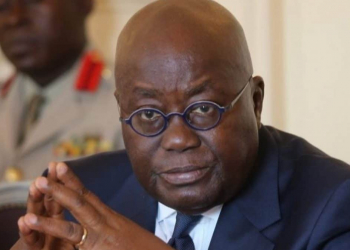2018 was a good year for tourism in Ghana with more than GH₵5.8 billion spent in the country’s travel and tourism sector. This figure is expected to double by 2028. Most international tourists to Ghana come from Europe, the Americas, and East Asia though people from all over Africa visit more regularly. Tourists visit all regions of the country and are not limited to just Accra, the capital city. Despite the reputation of the past, Ghana has been luring tourists with castles, beaches, and cultural experiences. Positive word of mouth experiences have also helped inspire this growth.
Where do Tourists Go?
Tourists come to Ghana to experience its culture and visit the natural helped in part because it is one of the safest and richest countries in West Africa. Ghana boasts two UNESCO World Heritage Sites, the Asante Traditional Buildings located to the north-east of Kumasi and the forts and castles of the Volta and Greater Accra located along the coast. The Ghanaian rainforests such as the Ankasa National Park and the nature reserves like the Boabeng-Fiema Monkey Sanctuary attract visitors to Ghana’s natural side.
New Tourism Developments
Tourism is growing in the country because of the government’s growing investment in the country. Tourism is the country’s 4th largest income earner and being featured in CNN’s Top Places to Visit in 2019 will propel the country into the limelight this year. In order to prepare for this wave of incoming tourism, the Ghana Tourism Authority is promising to give the most popular sites a refurbishment before mid-2019. Similarly, hotels in Accra are becoming more competitive with the opening of more hotels, in time for the 2018 winter rush from cold European countries, boosting business.
Benefits to Ghanian Employment
Tourism generated more than 300,000 jobs in 2017, a number which grew slightly at 315,000 in 2018 as estimates generated by government statistics. More people are being employed in hotels, restaurants, airports, travel services, and transportation which is being directly affected by tourists. Leisure travel spending and business travel are the two leading factors that have led to this growth in recent years. Most notably in 2018, investment and spending on tourism infrastructure reached more than GH₵1 billion. In the same year, Ghana surpassed the Sub-Saharan African average for visitor spending by surpassing GH₵0.7 billion.
In the coming years as Ghana becomes more competitive on the global tourism stage, we will see an increase in investment along with the growth of the local economy and employment. Ghana is still seen by outsiders as a great first place to visit in Africa, helping the tourism industry. The claims by Akufo-Addo in declaring 2019 the Diaspora Year of Return will also lure in African American tourists to Ghana, boosting tourism and revenue. 2019 will be Ghana’s year in tourism because the progress made will continue to bring jobs, visitors, and revenue to the country.
Nana Akufo-Addo Has Won 2020 Ghana Elections with 51.7% of the Vote
Nana Akufo-Addo won Ghana’s national election, becoming president-elect at the third attempt and cementing the country’s reputation as a standard-bearer...

